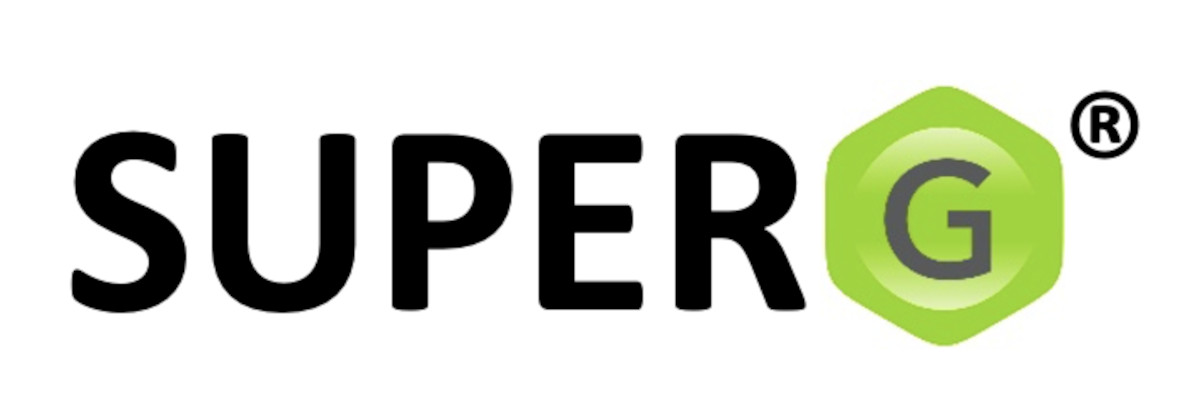Graphene Manufacturing Group (GMG) has announced the launch of SUPER G®, a graphene slurry which can be used to enhance the performance of lithium-ion batteries. This product has, according to GMG, the potential to reshape the future of energy storage, offering battery manufacturers an innovative solution that optimizes efficiency, power, and longevity.

SUPER G® is a graphene slurry which has been developed by GMG over the last 3 years for GMG’s own Graphene Aluminum-Ion Battery which has unique properties of high electrical conductivity, low charge transfer resistance and high density compared to other carbon battery additives and materials used in lithium-ion batteries.
The Graphene comes from GMG’s self-developed graphene production system and is then processed through a number of steps in the co-located pilot plant and finally into a liquid graphene product which we believe will be able to be added into or coated onto either a customer’s lithium-ion battery cathode or anode production with a 0.5-2% dosage by weight.
GMG is currently engaged in confidential discussions with multiple battery manufacturers and industry players to explore the potential testing and supply of SUPER G®. These discussions underscore the growing demand for high-performance materials that can push the boundaries of energy storage technology.
A recent study conducted by Oxford University has reportedly confirmed the exceptional performance of GMG’s SUPER G®. Key findings include:
1. SUPER G® demonstrates 2.5 times lower mean ionic resistivity compared to standard graphite. Lower pore ionic resistivity will improve battery efficiency, charge and discharge rates.
2. SUPER G® features multimodal particle distribution (~20 µm large particles + sub-1 µm particles), which increases energy density for more powerful, longer lasting batteries.
3. Unlike conventional materials, SUPER G® maintains its integrity during calendaring (compression onto battery foil), ensuring no significant damage to the binder layer. This is crucial for maintaining battery longevity and performance.
GMG’s Graphene has been found to increase rate tolerance of lithium-ion batteries – which is a desirable quality that allows the battery to be charged and discharged at various rates (faster and slower) with less negative impact on the capacity of the battery.